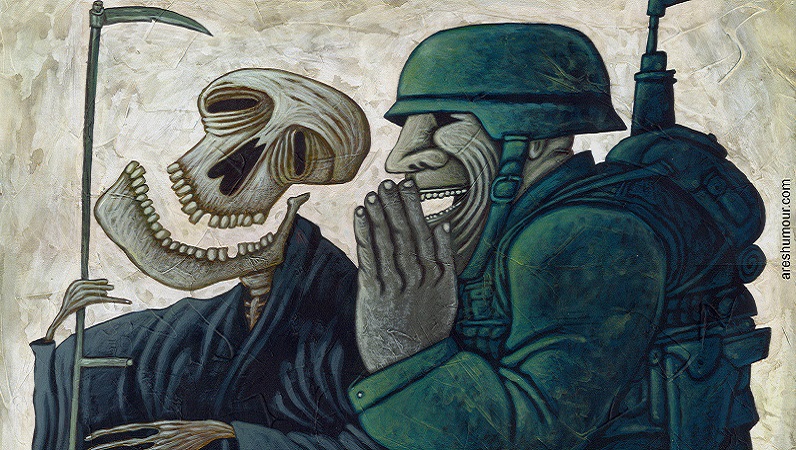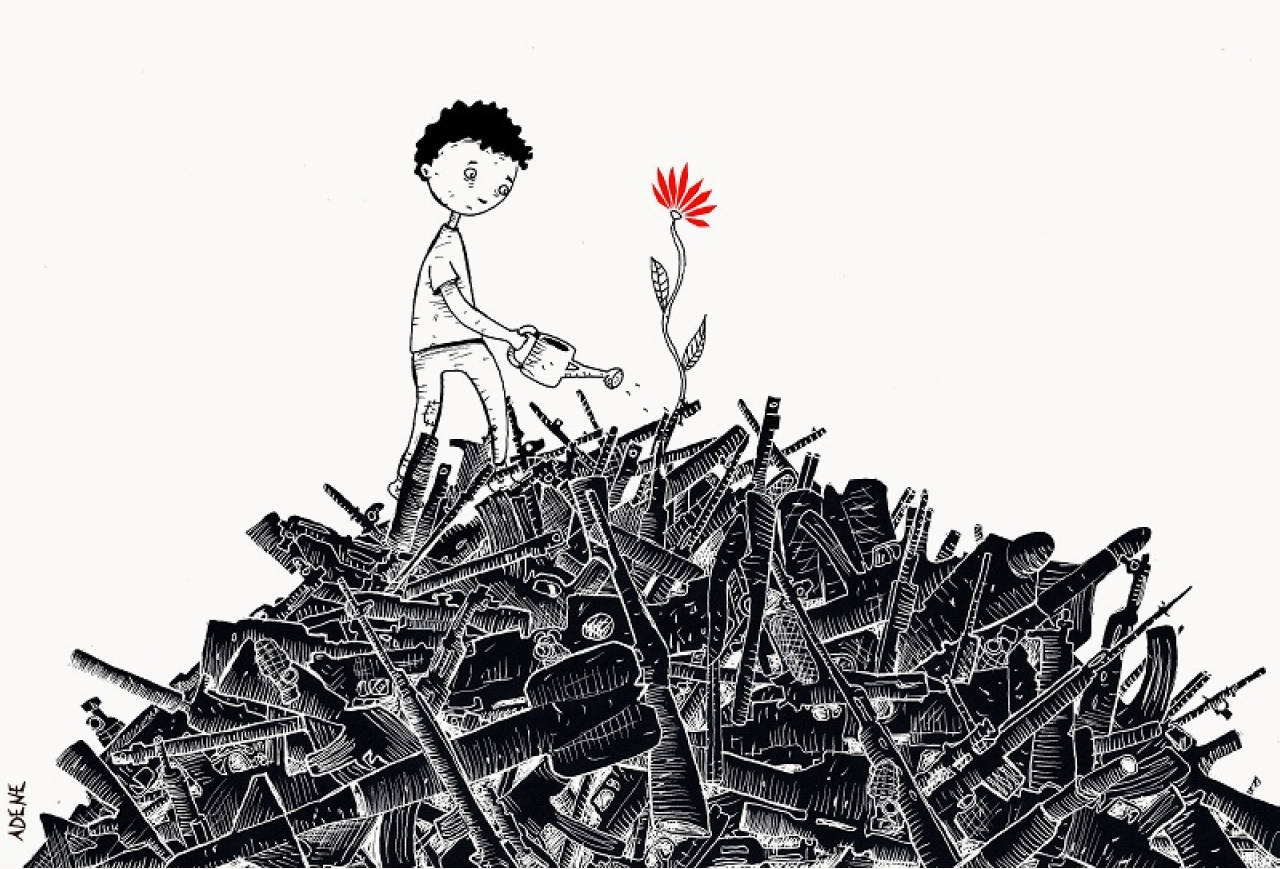The past week has given us contrasting pictures of how the world’s top two powers are making decisions about military spending, with announcements of plans for spending increases by both Donald Trump and the Chinese leadership. The comparison is not a flattering one for the US.
China announced its annual defense budget increase for 2017 on Saturday, before the start of the annual National People’s Congress, the country’s rubber-stamp parliament. The increase of 7% in nominal terms, to just over 1 trillion Yuan, or around $148 billion at current exchange rates, is the slowest rate of increase since 2010, matching the slowing rate of Chinese economic growth, with a 2017 target of 6.5%. Given the effects of inflation, this means the Chinese defense budget will grow more slowly than GDP at a little under 5%, while the share of GDP will remain fairly steady at around 1.3%, as it has for many years.
Chinese military spending is highly lacking in transparency, with no meaningful breakdown of the total spending figure available in most years. Moreover, the official budget excludes substantial items of military spending in other budget lines, most notable additional military R&D and spending on the paramilitary People’s Armed Police, among others. SIPRI’s rough guesstimate for Chinese military spending, which (full disclosure) I was responsible for producing until last year, typically adds about 50% to the official figure.
Nonetheless, SIPRI figures give the same picture given by the official budget, of the steadiness of Chinese military spending over the years as a share of GDP, remaining around 1.9-2% most years since 1999, with minimal variation. This compares with US military spending of about 3.3% of GDP, down substantially from a high of 4.7% in 2010, before the withdrawal of US combat forces from Iraq. In absolute spending terms, of course, the gap between the US and its nearest rival is much larger, with the US spending over $600 billion on the military in FY2016, about 4.4 times the official Chinese budget, or probably a little less than 3 times the SIPRI estimate (released next month).
Of course, the steady rate of Chinese military spending as a share of GDP has allowed a rapid growth in real terms, with nearly a 5-fold increase between 2000 an 2015, based on SIPRI figures; an increase that is changing the balance of power in the western Pacific—although the US remains by far the dominant military power in the region—and unnerving China’s neighbours.
What is perhaps interesting about the announcement is that it comes within days of the release of President Trump’s plans for US military spending, proposing a $54 billion or 10% increase in the Defense budget for FY2018—combined with chest-thumping statements welcoming an arms race and talking of “winning wars again”. Although, as Caitlin Talmadge of George Washington University comments, calling the increase a ‘plan’ actually perhaps gives it too much credit, as it seems to come absent any sort of strategy, analysis of threats or missions, or thinking about what sort of forces and equipment are best suited to meeting these. Rather, it seems to be based on Trump’s notion that if you spend enough money, and have big enough ships and nuclear arsenals, then all potential adversaries will tremble before your might and give you what you want without a fight.
The encouraging thing is that the Chinese do not appear to be spooked either by Trump’s spending splurge or by his bluster, or the general air of unpredictability generated by his impulsive and contradictory statements. The relatively moderate (for China) spending increase shows that the PRC leadership is content to maintain a steady-as-she-goes approach, playing a long game in terms of gradually increasing Chinese military capabilities vis-à-vis the US, as it has been doing for the last 20 years or so. This suggests that they are not expecting any major conflict or fundamental disruption to the regional order in the near future, which might spur them to a more rapid increase.
Indeed, some Chinese generals appear to be discontent with the increase, saying that more is needed to counter the US increase. There is another large one-off cost looming, with the planned reduction of the size of the People’s Liberation Army (PLA) by 300,000, to about 2 million, by the end of 2017, requiring demobilization payments. However, some regular demobilization and pension payments to soldiers are already paid partly by the Ministry of Civil Affairs—one of the additional items included in the SIPRI total—so it is quite possible that some such extra-budgetary solution will be found for this, thus making the true increase in spending a bit higher than advertised.
There are certainly many dark clouds circling the sky for world peace at the moment, not least among them the President of the world’s most powerful nation. But the fact that the world’s second superpower at least does not seem to be panicking just yet may be some small comfort.


